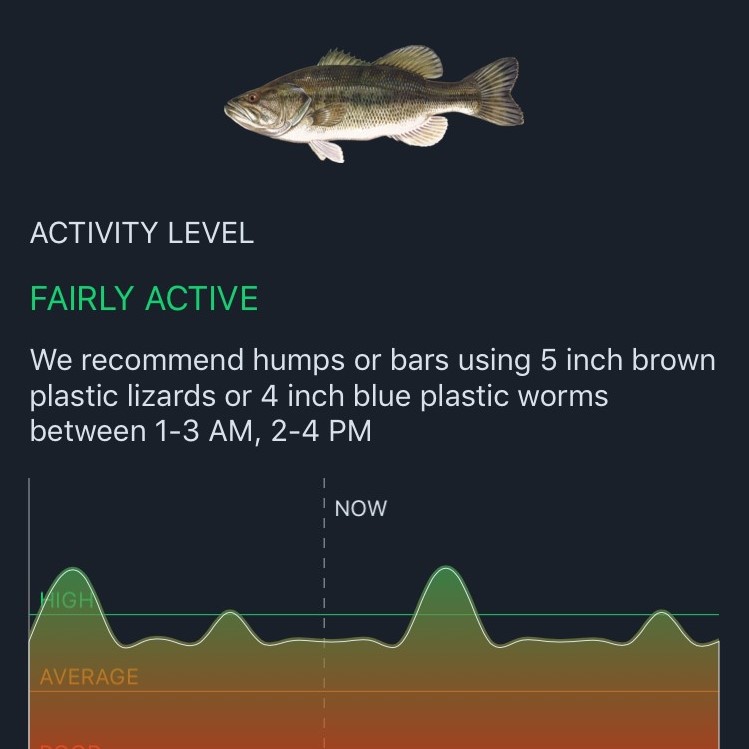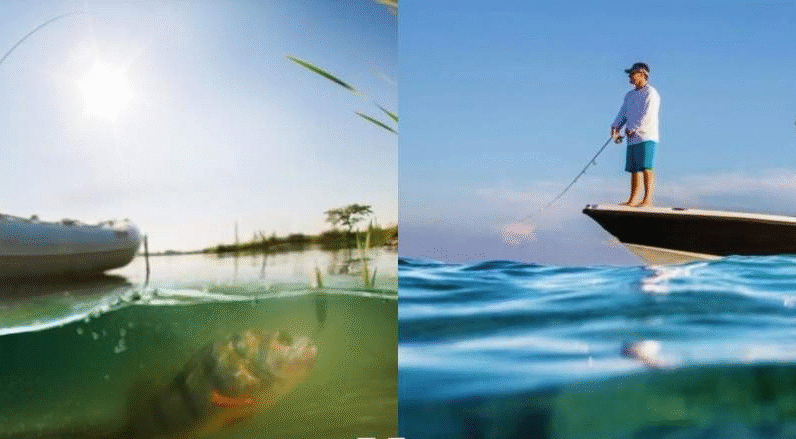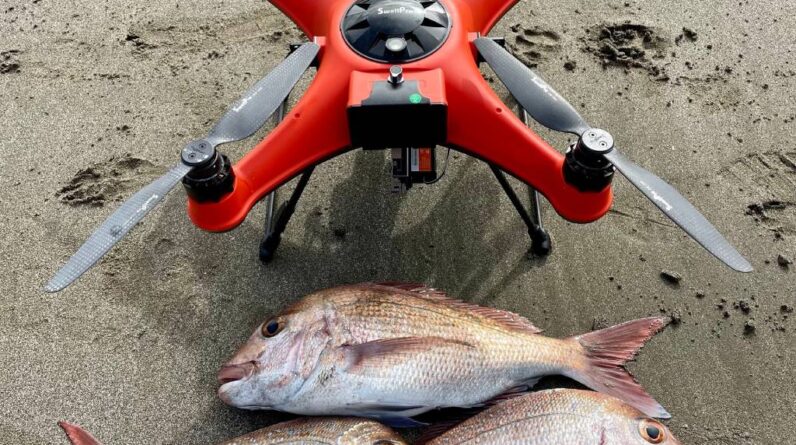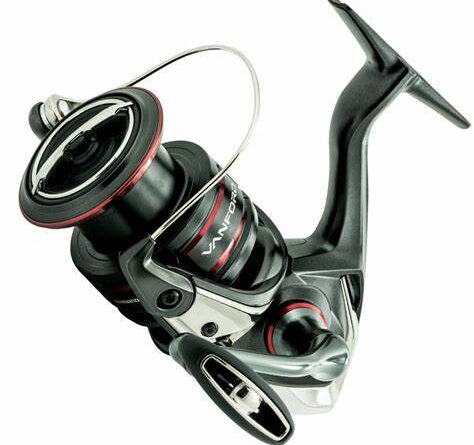Fishing, a beloved pastime enjoyed by millions worldwide, has seen significant changes in recent years, largely due to the influence of social media. The impact of platforms like Facebook, Instagram, and YouTube on fishing culture is undeniable, but the effects are multifaceted. This article explores the relationship between social media and the fishing community, considering both the positive and negative aspects. Additionally, we’ll delve into how these platforms contribute to fishing tips and tricks as well as fishing techniques. For a wealth of fishing insights and gear, visit cheerfulfisherman.com.
Social Media Gets New People Involved in the Activity
The Positive Side
One of the most noticeable ways social media benefits fishing is by attracting new people to the activity. Platforms provide an ideal space for anglers to showcase their catches, share their experiences, and spark the interest of those who may not have considered fishing before. From captivating underwater shots of fish to thrilling fishing adventures in remote locations, social media allows individuals to capture and share their love for fishing.
This outreach has helped recruit a new generation of anglers. Young people, in particular, are drawn to the visual allure of fishing, and platforms like Instagram have proven incredibly effective in this regard. Additionally, the rise of social media influencers who are passionate about fishing has given this generation role models to emulate.
The Negative Side
While social media is undeniably effective at attracting new anglers, it can also promote unrealistic expectations. The curated content that floods these platforms often showcases extraordinary catches and breathtaking locations, which can lead newcomers to believe that fishing is always about landing trophy fish in picturesque surroundings.
In reality, fishing can be challenging and unpredictable. Not every day on the water results in a record-breaking catch, and not every fishing spot is a postcard-worthy paradise. The danger here is that some newcomers might become disillusioned if their experiences don’t match the idealized images they encounter online.
Social Media Can Help Educate People About Fishing

The Positive Side
One of the most significant benefits of social media in the fishing community is the wealth of educational content it provides. Anglers regularly share fishing tips and tricks, casting techniques, gear reviews, and more. This exchange of knowledge makes it easier for newcomers to learn the ropes and for experienced anglers to refine their skills.
YouTube, in particular, has emerged as a powerful platform for fishing tutorials. From knot-tying demonstrations to in-depth lessons on using different lures and baits, anglers can access a treasure trove of instructional videos.
The Negative Side
While social media is a fantastic resource for learning about fishing, there is a risk of misinformation. Not all content creators on these platforms are experts, and not all advice is accurate. In some cases, anglers may unknowingly promote techniques or practices that are detrimental to fish populations or the environment.
To combat this, it’s essential for anglers to critically assess the information they find on social media and cross-reference it with reliable sources. Platforms like cheerfulfisherman.com, dedicated to providing accurate and ethical fishing guidance, play a crucial role in this regard.
Social Media Brings Attention to Environmental Issues
The Positive Side
Social media has the potential to be a force for positive change in the fishing community, especially regarding environmental issues. Many anglers and conservationists use these platforms to raise awareness about the importance of sustainable fishing practices, catch and release, and habitat preservation. When a powerful message goes viral, it can lead to significant environmental initiatives and policy changes.
The Negative Side
However, it’s not all good news. The overwhelming amount of content on social media can sometimes bury important conservation messages. Additionally, some anglers may focus solely on promoting themselves and their catches without considering the environmental impact.
A Few Bad Apples Do Exist
The Negative Side
Like any community, the fishing world has its share of bad actors. Some individuals use social media to showcase illegal or unethical fishing practices, which can tarnish the reputation of all anglers. In some cases, these individuals may be seeking attention or validation for their actions.
Platforms like Instagram and YouTube have taken steps to address this issue by implementing community guidelines and moderation systems. However, it remains an ongoing challenge to ensure responsible behavior within the fishing community.

Social media has undeniably made a significant impact on the fishing community, for better and for worse. The ability to attract new anglers, share knowledge, raise environmental awareness, and connect with like-minded individuals is invaluable. However, it’s crucial for both newcomers and seasoned anglers to approach social media with a critical eye, verify the information they encounter, and prioritize ethical and sustainable fishing practices.
For a more in-depth exploration of fishing tips and tricks as well as Best fishing techniques, and for a wide range of fishing gear, visit cheerfulfisherman.com. This website is committed to providing accurate, responsible, and informative fishing resources, making it an excellent companion to your social media fishing adventures.






